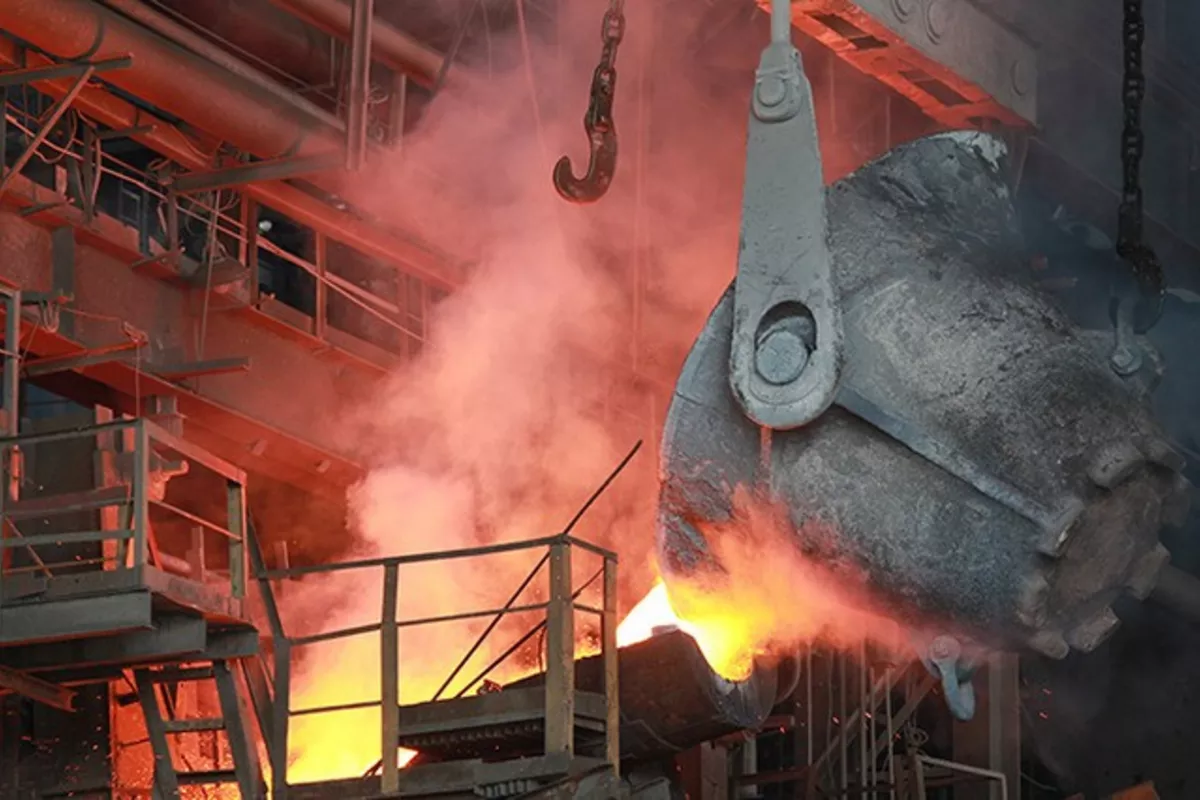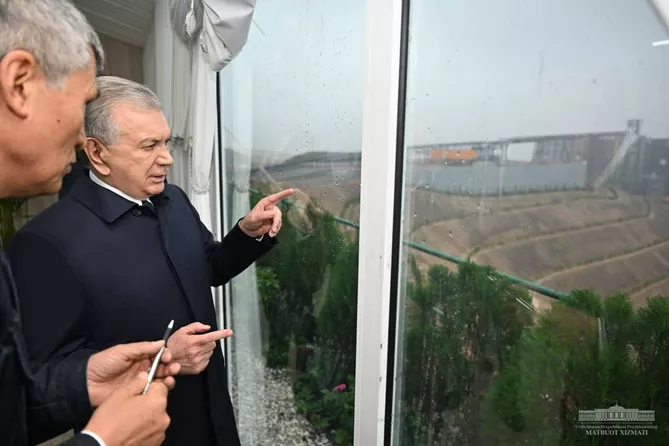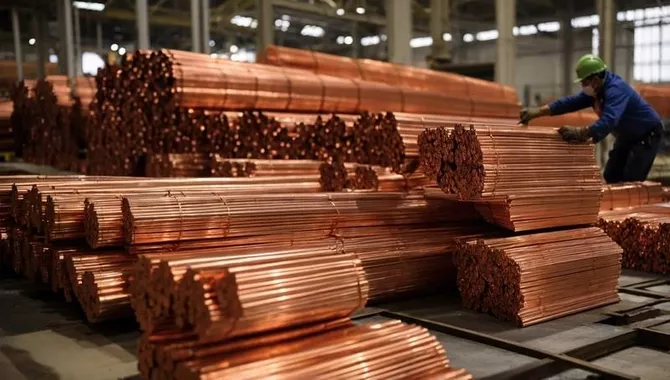
Israeli sources have reported a nearly twofold increase in copper imports from Uzbekistan in the first half of 2025, reaching a total of $7 million. For comparison, copper shipments for the entire year of 2024 stood at $8 million. Experts estimate that, if the current pace continues, total imports for 2025 could hit a record $20 million by year-end. These figures highlight the need for a broader look at the topic of “Uzbekistan and Copper.”
To begin with, reports from as early as 2021 indicated the discovery of significant copper reserves in Uzbekistan - estimated at over 40 million tons. Just three years later, according to the Almalyk Mining and Metallurgical Complex (AMMC), the company exported product worth nearly $233 million during the first five months of 2024. During this period, around 21,000 tons of copper products were delivered to consumers. According to the Central Bank, the rising global prices for copper-alongside uranium- could further support Uzbekistan’s export growth (excluding gold). This trend is driven by the increasing global demand for nuclear energy and positive developments in China’s industrial sector.
In summer 2024, the government of Uzbekistan launched an ambitious initiative to boost the copper industry. The project includes a comprehensive development concept for a copper cluster through 2030, along with a clearly defined roadmap for its implementation. Among the key objectives of the program are increasing annual copper production to 400,000 tons, raising the share of processed copper to 33 per cent, boosting the processing rate of raw copper materials to 80 per cent and creating over 10,000 new jobs, among other targets.

In October 2024, President of Uzbekistan Shavkat Mirziyoyev reviewed progress at the Yoshlik-1 deposit in Almalyk, as well as the construction of the third copper concentration plant being developed on its site. Upon completion of the project, AMMC will become one of the world’s largest industrial complexes in the mining and metallurgy sector. At that time, AMMC accounted for 5 per cent of Uzbekistan’s gross industrial output and 6 per cent of the country’s exports.
The company employed approximately 35,000 people across its operations.
By the end of 2024, Tashkent announced plans to process up to 300,000 tons of copper domestically. To achieve this goal, the government prioritized the development of industrial clusters, technology parks, and joint ventures focused on manufacturing value-added copper products. One such initiative is the Ahangaran Copper Cluster in the Tashkent region. The project envisions the phased production of semiconductors, microelectronic components, and other high value-added products based on locally processed copper. The raw material for this initiative is copper supplied directly from AMMC. At the same time, plans were announced to increase copper production to 500,000 tons by 2031, up from approximately 150,000 tons in recent years. This growth is expected to be supported by $15 billion in investments dedicated to the company’s development over this period.
In May 2025, several Uzbek media outlets revealed Tashkent’s plans to triple copper production volumes in the coming years. The initiative focuses not only on increasing metal output but also on establishing facilities for advanced processing and value-added manufacturing. Of course, the primary driver of increased copper production is the “Yoshlik-1” project, being carried out by AMMC. According to the published reports, copper will be mined and processed at the site’s new plant, which is designed to handle 60 million tons of ore annually.
In this context, it is important to note that the global copper market is undergoing significant changes at the current historical juncture. Specifically, in early July 2025, global copper prices hit a historic high. Experts attributed this surge to US President Donald Trump’s announcement of proposed 50 per cent tariffs on copper imports as part of broader industry tariffs. As a result, copper shipments to the US from various regions around the world surged immediately, as suppliers rushed to avoid the impact of the new tariffs before they officially took effect.

However, on July 30, the situation was revised when Washington announced that the 50 per cent tariffs would apply only to imports of copper semi-finished products, excluding refined copper metals that form the basis of international trade. Overall, copper has become a critical component in maintaining global stability. According to expert analysis by the United Nations Conference on Trade and Development (UNCTAD), the global copper industry is entering a pivotal phase where it must not only increase production but also shift toward more sustainable and inclusive growth strategies focused on emerging technologies. Proceeding from a special report by UNCTAD, copper is “more than just a metal” - it is integral to everyday life, found in phones, houses, vehicles, and essentially “powering” the daily lives of people worldwide. As demand for clean technologies-such as solar panels and electric vehicles-continues growing, copper is increasingly coming into the spotlight.
In this context, it’s no surprise that global copper demand is projected to rise by 40 per cent by 2040, yet supply is struggling to keep pace for various reasons. The anticipated copper shortage could hinder the global transition to clean energy and digital infrastructure.
Thus, Uzbekistan has, as they say, found itself in the right place at the right time. According to the UNCTAD report, we are witnessing copper’s emergence as a new strategic raw material essential to the green and digital economies of the future. For this reason, the upcoming 19th International Exhibition “Mining, Metallurgy, and Metalworking - MiningMetals Uzbekistan 2025”, scheduled to take place in Tashkent in October 2025, can be viewed from a particularly significant perspective.
Share on social media